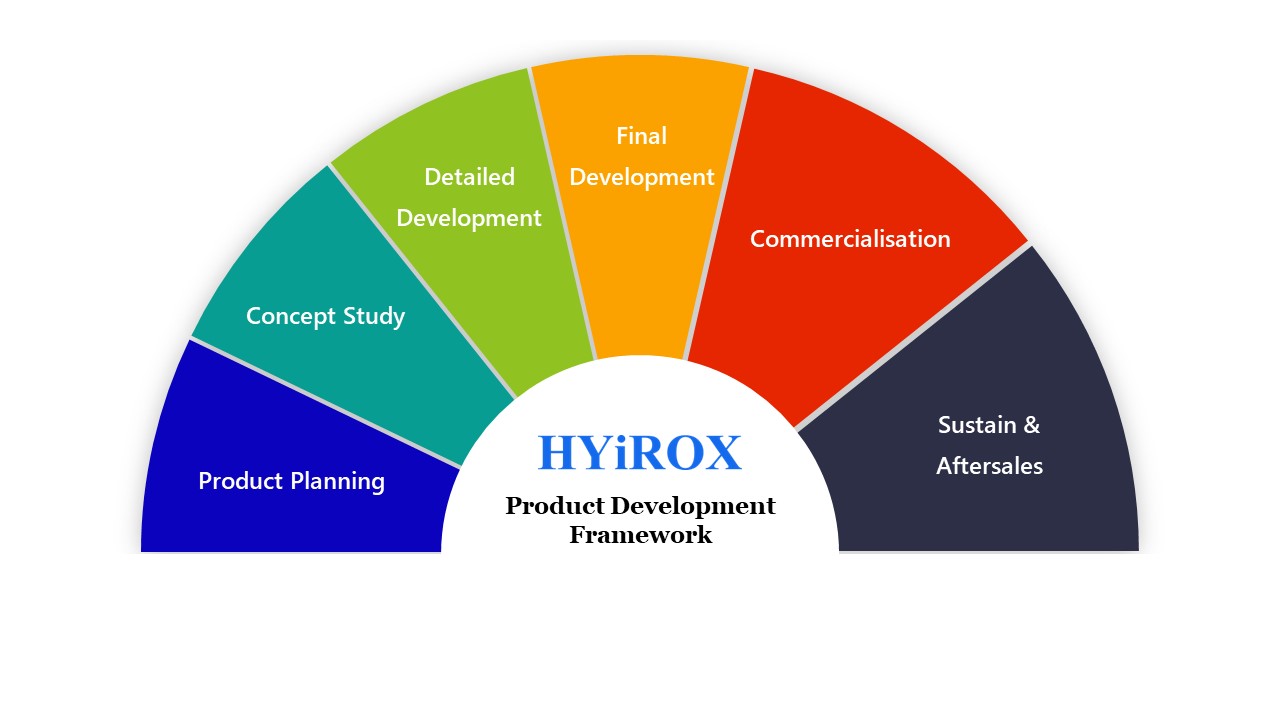Electronics design is the process of developing electronic systems and devices that meet specific requirements and perform desired functions.
Collaborating with engineers and specialists, designers conceptualize, design, and prototype electronic circuits, components, and systems.
Factors such as functionality, power consumption, size, and manufacturing feasibility are carefully considered.
Utilizing circuit design software, simulation tools, and PCB layout software, designers create detailed electronic designs. Testing, troubleshooting, and refinement are conducted to ensure optimal performance and reliability.
Expertise in electrical engineering, problem-solving, and a deep understanding of electronic components and systems are essential in electronics design. The objective is to create innovative and functional electronics that cater to diverse industries and applications.
